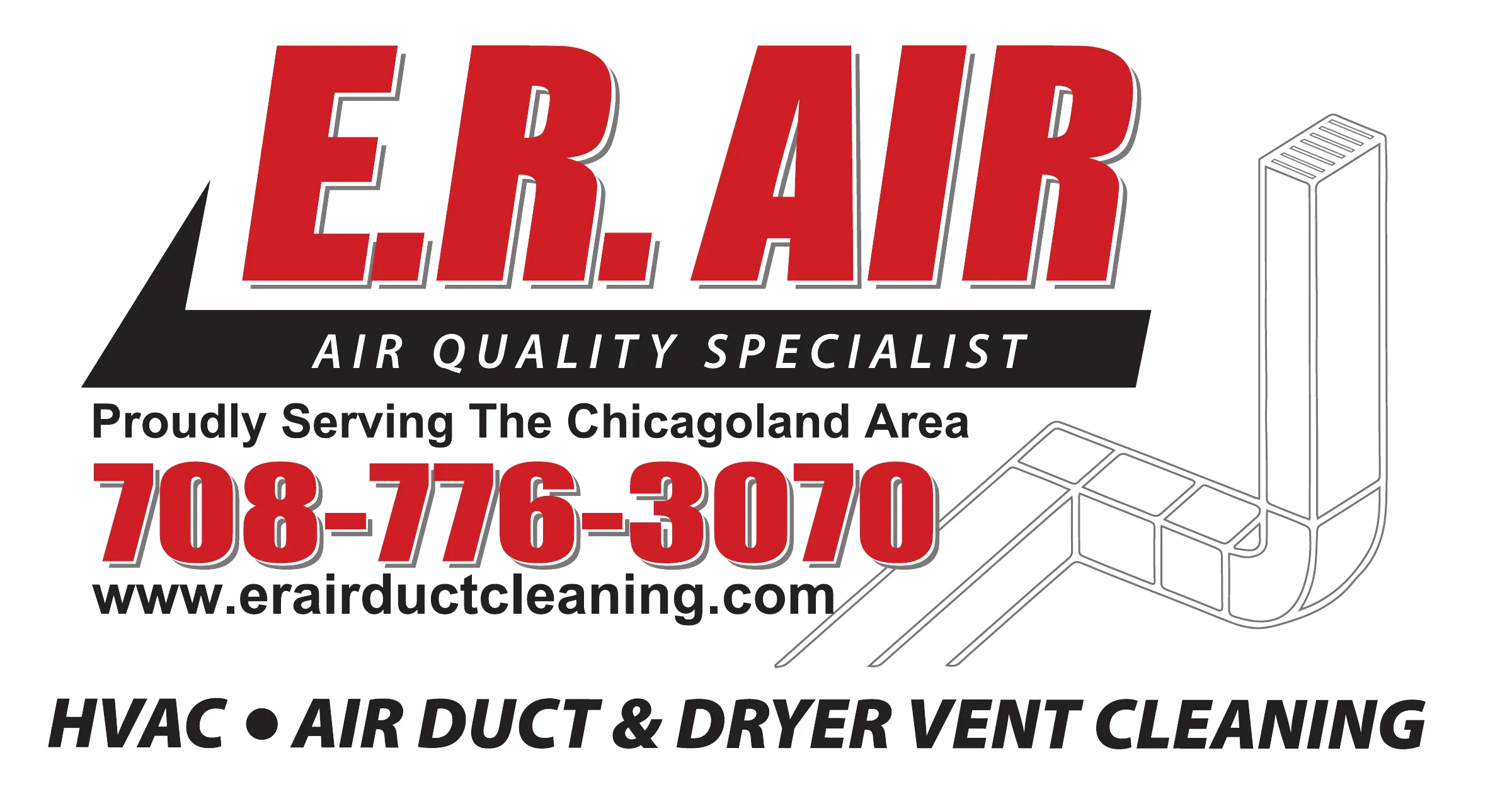Types of Dryer Vent Materials and Their Pros and Cons
What’s your dryer vent made out of? Believe it or not, not all dryer vent materials are created equal. The type of dryer vent you have will determine how likely it is to get clogged, and how frequently it needs to be cleaned out. Here are the most common vent types:
Aluminum Foil Duct
The most common type of duct material, due to its low cost and flexibility. It’s held in place with dryer clamps, and usually isn’t allowed to be longer than 8 feet. Some municipalities restrict this type of vent material, so be sure to check your local ordinances.
Semi-Rigid Duct
Very similar to the above, but made of more solid aluminum material. It’s less flexible and therefore harder to fit into tight spaces. It’s also smoother on the inside, which means it catches less lint.
Slim Duct
A thin, rectangular vent made for an exact fit in tight spaces. Smooth walls mean less lint buildup, but the slimness of the opening means that once buildup does happen, it’s easy for this vent to get completely clogged.

Rigid Metal Duct
Not flexible, but also more robust, this is the ducting material to use if you’re going to be running your duct inside a wall or ceiling. The smoothest interior of all ductwork options also leads to the least amount of lint buildup over time. (Which is not to say that it doesn’t require the occasional cleaning!)
Flexible Plastic or Vinyl Duct
Once more popular, these ducts have now gone out of favor because of their potential to collect lint, overheat, and actually cause fires. That’s why they are now restricted for use by many municipalities. If your dryer duct is made of this material, you should replace it at the very least with similarly flexibly aluminum foil duct for increased safety in your home.
Overdue on cleaning out your dryer vent? Reach out to us to book your appointment!
